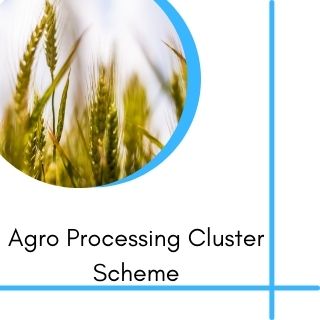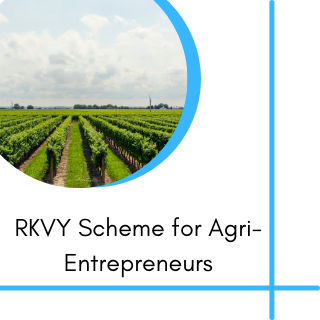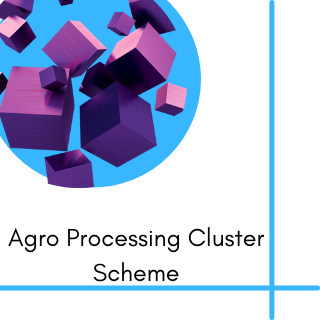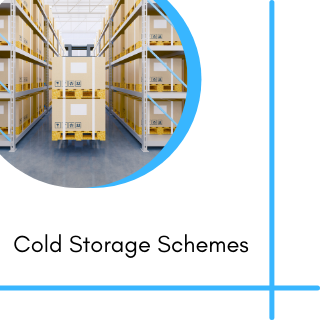Gov Subsidy for solar power plant
Government of India has taken various policy measures to fulfil its commitment made in Paris Climate Agreement in 2015 to have 40% of installed power generation capacity from non fossil fuel sources by 2030. Gov Subsidy For Solar Power Plant-pradhan mantri kusum yojana
To provide energy and water security to farmers and enhance their income, de-dieselise the farm sector, and reduce environmental pollution,
The approved scheme comprised of three components:
Component-A: Addition of 10,000 MW of solar capacity through installation of small solar power plants of capacity upto 2 MW
Component-B: Installation of 20 lakh standalone solar powered agricultural pumps
Component-C: Solarisation of 15 lakh existing Grid-connected Agriculture Pumps
PM-KUSUM scheme is one of largest initiatives of the world to provide clean energy to more than 35 lakhs farmers by solarising their agriculture pump under component B and C
Harvesting Solar Energy
Component – A :
Decentralized Grid Connected Solar Power Plants Small solar power plants of capacity upto 2MW can set-up by individual farmers/ cooperatives / panchayats / Farmer Producer Organisations (FPO) on barren/ fallow/marshy/ pasture or cultivable lands.
In case, cultivate fields are chosen for setting up solar power plants, Rephrased as “ the solar panels are set up above a minimum height so that the farmer continue to grow crops below solar panels.”
The scheme will open a stable and continuous source of income to the rural land owners for 25 years.
It has estimated that farmers will earn up to Rs. 25000 per acre per year if the plant is install by a developer/ CPSU on the land lease by the farmer, and up to Rs. 65000 per acre per year if they install
the plant themselves by taking loan from the banks.
De-dieselisation of Farm Sector
Component-B: Installation of Standalone Solar Powered Agriculture Pumps
Under this Component, individual farmers can replace their existing diesel pumps with solar pumps.
The replacement of existing diesel pumps with solar pumps will not only reduce the irrigation costs of around Rs.50,000 per year (for 5HP pump) but also lead to reduction in the pollution.
This Component will benefit 20 lakh farmers in off-grid areas, where there is no source of electric power for irrigation. It will also help in increasing the farmer’s income and living conditions.
Under the scheme, Central Financial Assistance (CFA) upto 30% of the Benchmark cost
(fixed by MNRE every year) of the standalone solar pump will be provided.
The State Government will give a subsidy of 30%; and the remaining 40% will be provided by the farmer. Bank finance up to 30% out of 40% share can availed by the farmer, so that farmer has to initially pay only 10% of the total cost of the pump
Solarisation of Agriculture Feeders
Solarisation of agriculture feeders has included as variant under Component-C of PMKUSUM Scheme. Where feeders have already separated for agricultural purposes, the feeders may solarised under the scheme by installing solar power plants of sufficient capacity. Government of India will provide 30% subsidy for solarisation of agricultural feeders. This will lower the cost of capital and cost of power
Soft Loan And Benefits In Conjunction With Other Government Schemes
The RBI has included all three components of the Scheme under priority sector lending and KUSUM :
A New Green Revolution therefore banks will provide loans at competitive rates and on soft terms.
Further Component-B and C provide for convergence with the schemes of Department of Agriculture, Cooperation & Farmers Welfare (DACFW),such as Agriculture Infrastructure Fund (AIF) under which loans to group of farmers are available with interest subvention of 3% for community assets use farmers and PM-Krishi Sinchayee Yojana (KSY) under which micro irrigation systems obtained.










